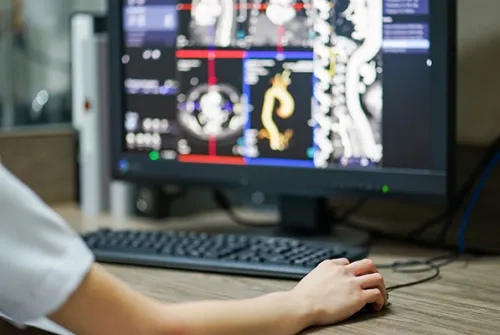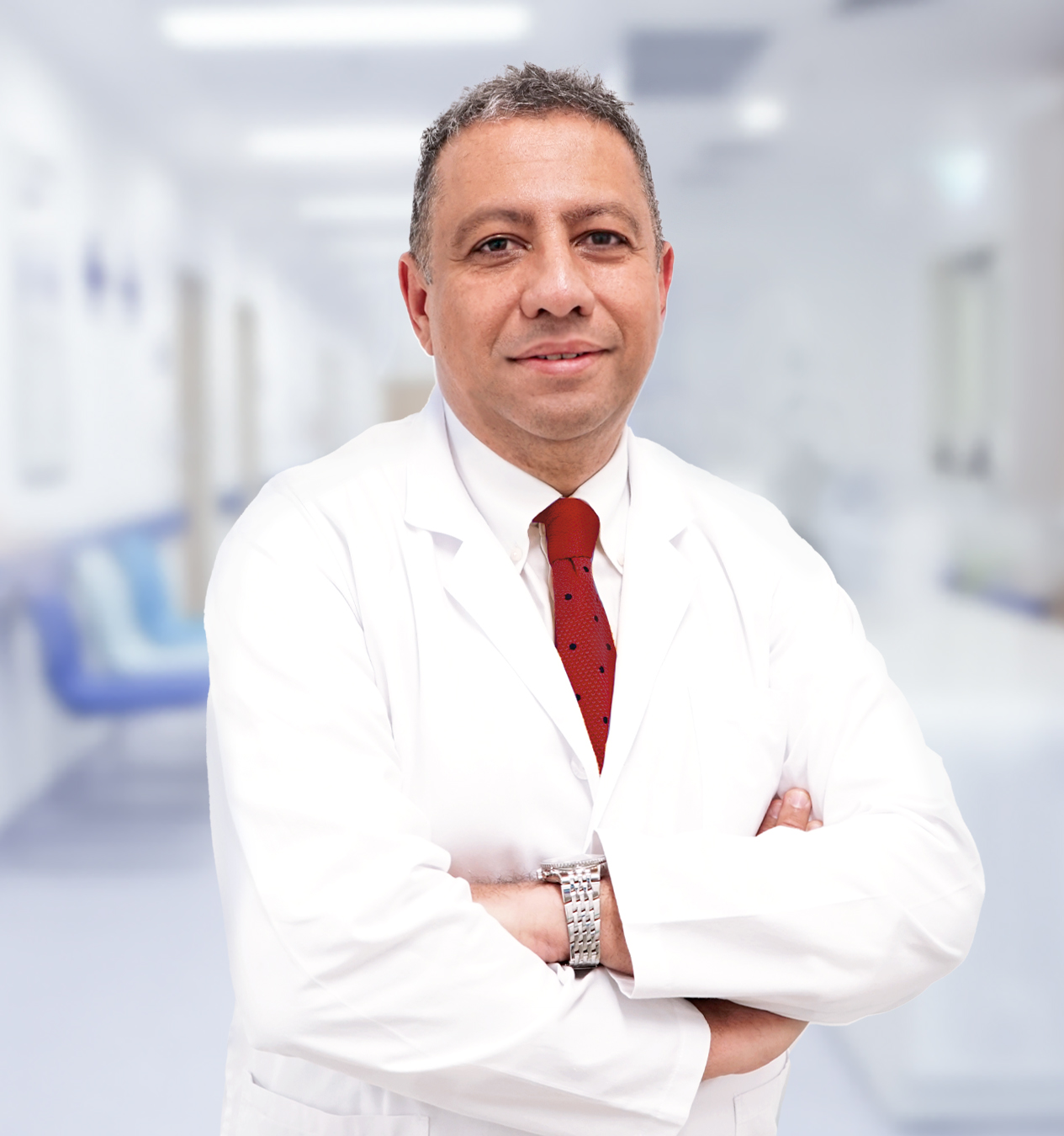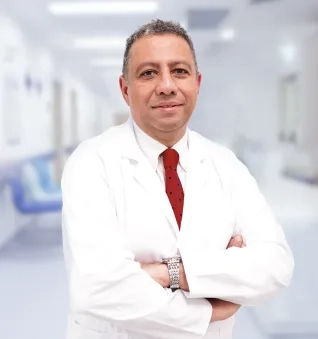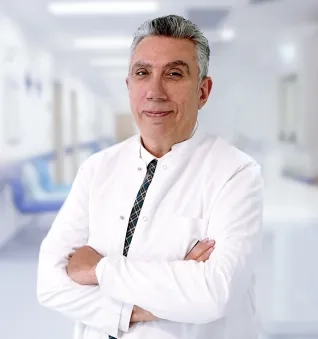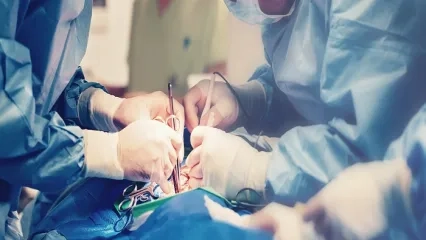Alo Yeditepe
Alo Yeditepe
Does an Aortic Aneurysm Show Symptoms ?
The aortic aneurysm, which progresses insidiously without any symptoms, poses a life-threatening risk, especially for individuals in the risk group. Cardiovascular Surgery Specialist Prof. Dr. Selim İsbir noted that approximately 3000-4000 people in our country encounter this disease each year, and that the diagnosis is often made by chance following examinations conducted for different reasons. Prof. Dr. İsbir emphasized that the chances of survival drop significantly if unnoticed aneurysms rupture and that individuals with risk factors should have themselves checked for aneurysms..
Aortic Aneurysm is Discovered by Chance
Aneurysms, which are quite significant in terms of prevalence among cardiovascular diseases, are not very well known. Moreover, because the disease progresses without any symptoms and there is no screening program for it in our country, patients need to be more vigilant about this issue, said the Cardiovascular Surgery Specialist from Yeditepe University Koşuyolu Hospital, specifically warning those over 65 years old.
Our specialist, noting that abdominal aortic aneurysms are common diseases, said, "Of course, it is not possible to provide exact figures in Turkey. When we look at foreign literature, it ranks in the top 10 causes of death in the United States. From this perspective, it is a significant condition."
“The Risk of Developing an Aneurysm is High in Patients Over 65 Who Smoke and Have High Blood Pressure”
Our specialist, noting that the most important risk factors for aneurysms are high blood pressure, smoking, and advanced age, said, "We see abdominal aortic aneurysms more frequently, especially in male patients. The risk of developing an aneurysm is high in patients over 65 who smoke and have high blood pressure. Another risk factor is family history. Individuals with a family history of aneurysms should definitely get themselves checked for aneurysms."
Aortic Aneurysm is More Common in the Abdominal Region
Providing important information about this life-threatening issue, the Cardiovascular Surgery Specialist stated, "It is possible to define an aortic aneurysm as the dilation of our body's main artery, the aortic vessel. The aorta is the main artery that carries blood from the heart to the chest cavity, then to the abdomen, and to the entire body. The most commonly seen is abdominal aortic aneurysm. This is because the wall of the aortic vessel in the abdominal region is weaker, and therefore aneurysms occur more frequently in this area. In addition, those with aneurysms in the abdomen may also have them in the chest, and those with chest aneurysms may also have them in the abdomen."
In Aortic Aneurysms, Sometimes Even Hoarseness Should Be Considered a Warning Sign
Our specialist explained that as aneurysms in the abdomen and chest grow, they can exert pressure on different organs, leading to common complaints such as hoarseness and lower back pain. "Sometimes an aneurysm grows silently in the chest cavity for many years. For example, when the nerve that goes to our vocal cords is infiltrated by the aneurysm, it can manifest itself in the patient as hoarseness. Similarly, if the growing aorta puts pressure on the lumbar vertebrae and nerves, it can cause lower back pain. Therefore, indirect symptoms should also be considered important for the patient, as they can serve as warnings for such insidious diseases."
For Timely Diagnosis of Aortic Aneurysm, Suspecting is Essential
Our specialist, reminding that diagnosis of the disease is quite straightforward, stated, "Most of the time, there are no physical symptoms. However, we can detect aortic aneurysms by examining the abdominal aorta with ultrasound or by performing echocardiography, a test for the heart within the chest. The most difficult area to detect is the thoracic aorta, which is located in the chest cavity where the lungs are. Because this area is a much larger space, aneurysms can grow insidiously. Therefore, suspicion is crucial for making a diagnosis. We can easily diagnose and start treatment. Therefore, I want to emphasize that early diagnosis saves lives."
If Not Monitored, the First Symptom Could Be the Rupture of the Aneurysm!
Professor Dr. İsbir, who mentioned that aneurysms are particularly more common in men, said, "We see aneurysms in women as well. But we see them more frequently in men. This is because men have a higher rate of smoking. However, in recent years, we have also seen female patients." Professor Dr. İsbir provided the following information about the course of the disease: "The diameter of the aorta is normally around 2.5 cm. When this number reaches 4 cm, an aneurysm has actually formed. However, we intervene when the aneurysm reaches 5-5.5 cm. Therefore, from the onset of aneurysm development until intervention, the time varies from patient to patient, but we are talking about a period of approximately 8-10 years. So, if the patient knows that there is dilation in their aortic vessel, they can regularly get it checked at intervals and intervene when it reaches a certain size. But if they don't know, the disease develops insidiously, and if the patient is unaware, the first symptom could be the rupture of the aneurysm."
“The Location of the Aneurysm Shapes the Treatment”
Professor Dr. Selim İsbir, emphasizing that treatment should be directed towards the region where the aneurysm is located, provided the following information about treatment: "In areas where aneurysms occur immediately after the heart exits the aorta, our only option for now is open surgery. However, for aneurysms in the chest and abdominal regions, we have had a chance to successfully treat them with endovascular therapy, a closed method, for approximately the last 15-20 years. The process after diagnosis is quite comfortable. Especially if the location, size, and anatomical relationship of the aneurysm are suitable for the closed method, it's a very comfortable treatment. Patients can return to their normal lives within two days. We can easily treat them with covered stents, artificial grafts. So, it's a very gratifying treatment. We just need to make an early diagnosis. Unfortunately, not every aortic aneurysm can be treated with the endovascular method. Certain anatomical features are necessary. Therefore, we conduct very detailed tomographic examinations and make decisions based on detailed measurements to determine whether it is suitable or not."
The 78-year-old patient, whose aortic artery reached 9.5 centimeters, recovered with treatment
Professor Dr. İsbir, stating that they achieved quite successful results in aneurysm treatment today, provided the following information using his patient, who is 78 years old and has a very rare-sized aneurysm, as an example: "The abdominal aorta of our 78-year-old patient had grown to 9.5 cm, which is a very rare condition. In other words, an aorta of 2.5 centimeters has almost quadrupled, and the patient was unaware. It was detected incidentally during a kidney ultrasound. Of course, when he came to us immediately, we made detailed measurements. He was suitable for endovascular treatment. We admitted him. We immediately placed the endovascular graft. Our patient is doing quite well today. But if we had delayed, this aneurysm would have ruptured, and we might have lost the patient. Although it took a considerable amount of time for the aneurysm to reach 9.5 cm, it went unnoticed during this period. Most patients do not have this chance, and their aneurysms rupture, possibly leading to loss of life. Therefore, regular check-ups and early diagnosis truly save lives in aneurysms."
“Intervening in Aneurysms Before Rupture Saves Lives”
Cardiovascular Surgery Specialist Prof. Dr. Selim İsbir, emphasizing that if the disease is detected and treated, the mortality rate is quite low, concluded his words as follows: "The mortality rate due to aneurysms is less than 1%. However, when we do not treat, that is, when rupture occurs, 50% of these patients lose their lives. If they are fortunate enough to reach a center and obtain the chance for surgery, then they have a chance of survival. However, surgeries become quite risky. Therefore, intervening in aneurysms before rupture is extremely important."
About
Faculty and Year of Graduation:
Istanbul University Cerrahpasa, 1991
”
See Also
- What is a Bypass? How is Bypass Surgery Performed?
- Surgical Treatment of Heart Valve Diseases
- He Went to the Hospital with Leg Pain, Discovered His Carotid Artery Was 95% Blocked
- What is an Aortic Aneurysm? How is it treated?
- Aortic Aneurysm
- You Can Be Protected from Varicose Veins During Pregnancy
- Drug Treatment is Priority Leg Vein Obstructions
- Cardiovascular Diseases
- Pain in the Legs May Be a Sign of Vascular Congestion
- Which Diseases Can Swelling in the Legs Indicate?
- Stay Away from Depression and Protect Your Heart!
- Do Not Let Varicose Veins Be Your Nightmare During Pregnancy!
- Frequently Asked Questions About Varicose Vein
Alo Yeditepe

